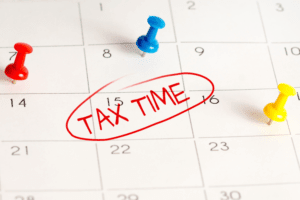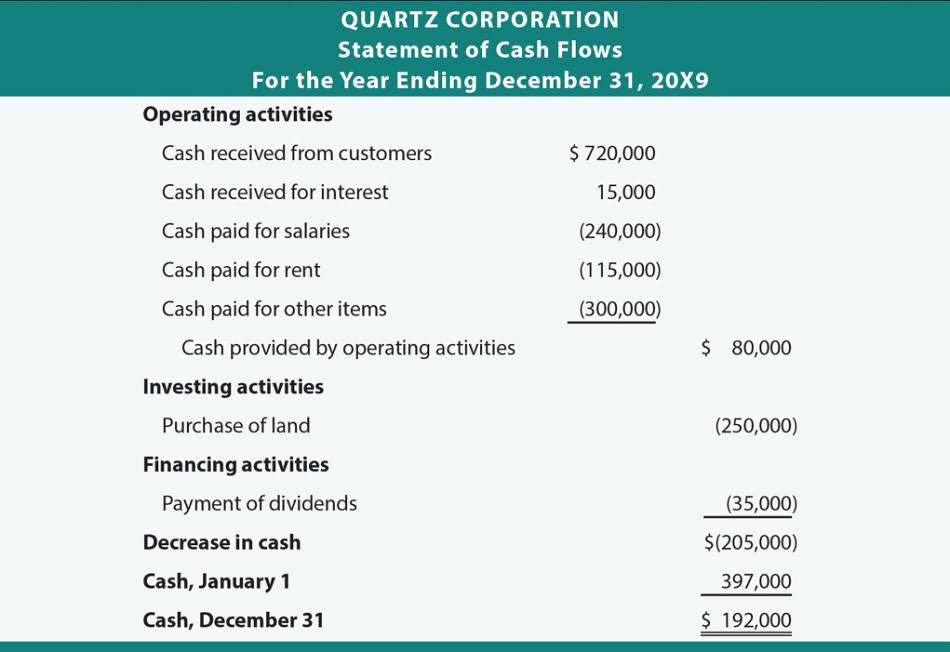
If the balance in the petty cash account is supposed to be $75, then the petty cash box should contain $45 in signed receipts and $30 in cash. Assume that when the box is counted, there are $45 in receipts and $25 in cash. This creates a $5 shortage that needs to be replaced from the checking account. Companies replenish the petty cash fund at the end of the accounting period, or sooner if it becomes low.
Making Disbursements From the Fund
The Cash Over and Short account will be used to balance the entry when the cash needed to get back to the petty cash account does not match the total of petty cash vouchers. In this case, we can make the journal entry for cash shortage by debiting the cash account and the cash over and short account and crediting the sales revenue account. Occasionally, errors may occur that affect the balance of the petty cash account. This may be the result of an employee not getting a receipt or getting back incorrect change from the store where the purchase was made. In this case, an expense is created that creates a cash overage or shortage. Cash shortage usually happens when the actual cash on hand received from sales is less than the total amount in sales receipts for the retail business.
What is the Journal Entry to Record Sales Total with a Cash Overage?
If, for example, management of the Galaxy’s Best Yogurt decides to increase the petty cash balance to $100 from the current balance of $75, the journal entry to do this on August 1 would be as follows. As this petty cash fund is established, the account titled “Petty Cash” is created; this is an asset on the balance sheet of many small businesses. In this case, the cash account, is cash short and over an expense account which includes checking accounts, is decreased, while the funds are moved to the petty cash account. One asset is increasing, while another asset is decreasing by the same account. Since the petty cash account is an imprest account, this balance will never change and will remain on the balance sheet at $75, unless management elects to change the petty cash balance.
- In the event that all of the cash in the account is used before the end of the established time period, it can be replenished in the same way at any time more cash is needed.
- Over and Short may seem like a straightforward concept, but it can have a significant impact on the accuracy of financial records.
- The petty cash account is a current asset and will have a normal debit balance (debit to increase and credit to decrease).
- For example, if the cash in the register is less than the amount on your sales receipts, then you have a cash shortage, reports Double Entry Bookkeeping.
- He finds that the box contains $45 of cash and $135 of receipts, which totals only $180.
- It’s “other revenue” for you, not a normal source of revenue like your paycheck.
- For example, when you sell $100 worth of merchandise to customer “a”, debit sales for $100 and credit cash for $100.
Petty Cash: Explanation
Sometimes, the petty cash custodian makes errors in making change from the fund or doesn’t receive correct amounts back from users. These errors cause the cash in the fund to be more or less than the amount of the fund less the total vouchers. When the fund is replenished, the credit to Cash is for the difference between the established amount and the actual cash in the fund.

11 Financial is a registered investment adviser located in Lufkin, Texas. 11 Financial may only transact business in those states in which it is registered, or qualifies for an exemption or exclusion from registration requirements. 11 Financial’s website is limited to the dissemination of general information pertaining to its advisory services, together with access to additional investment-related information, publications, and links.
After the check is cashed, the petty cash custodian normally places the money in a small box that can be locked. We will not use the petty cash in a journal entry again unless we are changing this original amount. Cash overages are normally recorded in a separate income statement expense account often referred to as the cash over/short account. A cash over normally occurs in a retail accounting environment when the sales are reconciled to the cash receipts in the register at the end of the business day.
Is Cash Over and Short a Debit or Credit?

Finally, surprise petty cash counts should be made to maintain good internal control over the fund. The custodian of the petty cash fund is in charge of approving and making all disbursements from the fund. Although it would be preferable if all disbursements were made by check and all receipts were deposited intact, most firms usually maintain a small amount of cash on hand for miscellaneous expenditures. Accounting is all about accuracy and ensuring that financial records are a true reflection of a company’s financial position. However, discrepancies occasionally occur, leading to differences between the recorded amount and the count of cash or inventory in hand. For example, at the end of the month, the receptionist of the company ABC needs to request reimbursement to refill the petty cash fund of $100.

How to Journalize Petty Cash Replenishment
At Finance Strategists, we partner with financial experts to ensure the accuracy of our financial content. The custodian would use the $176 to restore the amount of cash to $200. To accomplish the reimbursement, the treasurer’s office provides the requested amount (by check or currency) to the custodian. The size of the fund depends on the company’s needs, but it should be large enough to last at least three to four weeks. In order to clearly understand this cash over and short, let’s go through the examples below.
How to Complete an Audit on Cash and Accounts Receivable
- Now cash is debited for $99, cash over and short is debited for $1, and the sales account is credited for $100.
- Remember, accuracy is key when it comes to accounting, and by staying vigilant, you can minimize the occurrence of Over and Short situations in your organization.
- In the next section, we’ll look at one of the most important cash controls, the bank reconciliation process, in detail.
- To accomplish the reimbursement, the treasurer’s office provides the requested amount (by check or currency) to the custodian.
- On the other hand, if the company has a cash shortage in the petty cash fund, it can make the journal entry with the debit of cash over and short account instead.
- Therefore, the cash over and short is usually at debit balance which represents an expense.
Over and Short may seem like a straightforward concept, but it can have a significant impact on the accuracy of financial records. By understanding the causes and taking appropriate measures to address discrepancies, businesses can ensure the integrity of their financial statements. Remember, accuracy is key when it comes to accounting, and by staying vigilant, you can minimize the occurrence of Over and Short situations in your organization. Learn the definition of “over and short” in finance and understand its implications in accounting. Discover how this concept affects financial statements and cash management. In this article, we cover how to account for the cash short and over; especially on the cash over and short journal entry.